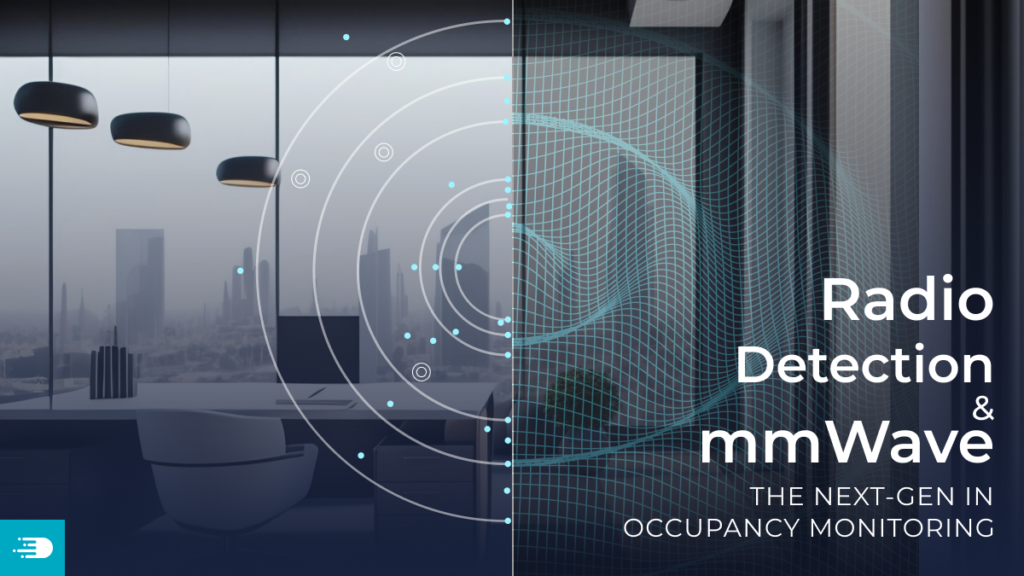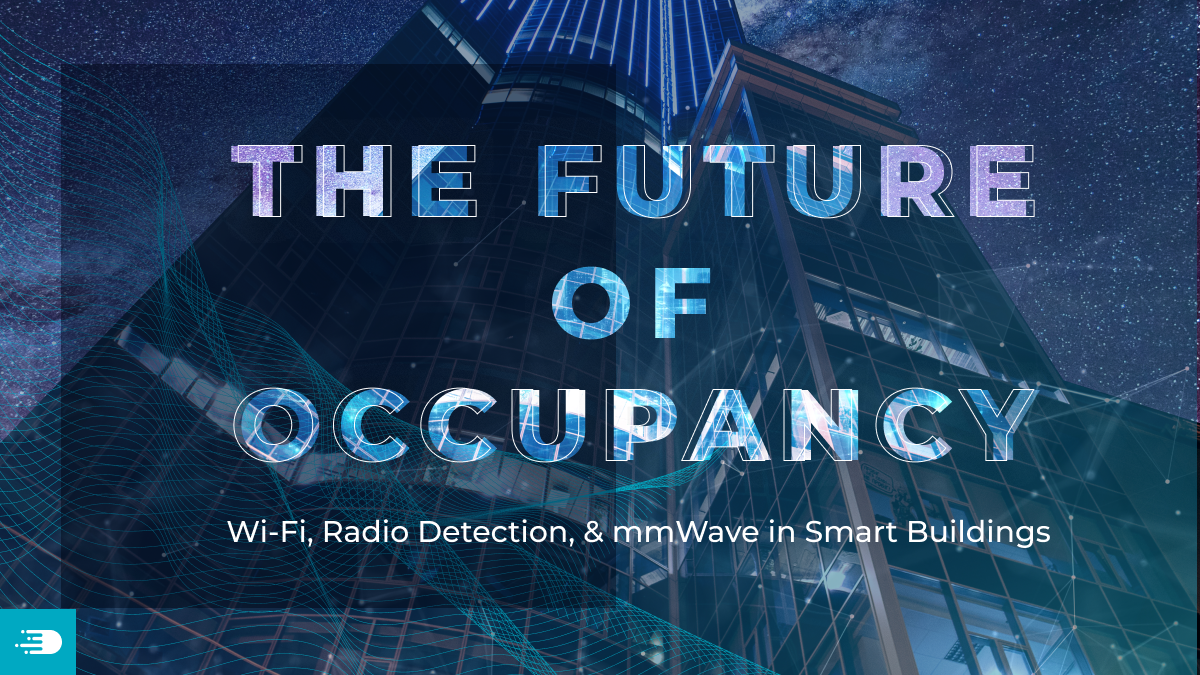As the world shifts towards more energy-efficient practices, the role of occupancy monitoring in optimizing Heating, Ventilation, and Air Conditioning (HVAC) systems becomes paramount. With a spectrum of technologies evolving rapidly, we analyze the trends, potentials, and challenges in occupancy monitoring for modern buildings.
The Imperative for Occupancy Detection
In our pursuit of smart, efficient buildings, understanding when and where people are present is essential. Accurate occupancy detection can help fine-tune HVAC systems, ensuring they operate at peak efficiency, ultimately conserving energy and reducing costs.
Traditional Methods & Their Limitations
Sensor-based Methods: Though reliable, the challenges of installation, maintenance, and optimal placement often overshadow their benefits. They necessitate additional equipment, data collection tools, and decision-making software.
Vision-based Methods: Leveraging cameras to determine human presence offers precision, but privacy concerns, especially in personal or confidential spaces, curb their widespread application.
WiFi Sensing: A Glimpse of Promise Amid Challenges
WiFi sensing, especially between 2018 and 2022, emerged as a promising solution, particularly with its adaptability through machine learning models. However, it’s not without its challenges:
- Security Vulnerabilities: Data metrics such as Channel State Information (CSI) and Received Signal Strength Indication (RSSI) are susceptible to interception, raising legitimate security concerns.
- Boundary Issues: One of the more significant challenges is that WiFi signals are notoriously difficult to confine to specific rooms or spaces. This means detection in one room might inadvertently include signals from adjacent rooms or even external sources.
Emerging Stars: Radio Detection and mmWave

Given the limitations of WiFi sensing, the focus has shifted towards newer and potentially more efficient technologies:
- Radio Detection: Unlike WiFi, radio signals can offer a more refined and defined detection radius, reducing the chances of interference from neighboring spaces. This allows for better accuracy in occupancy monitoring, making HVAC systems more responsive to real-time occupancy changes.
- mmWave (Millimeter Wave) Technology: mmWave sensors are a promising frontier in the realm of occupancy detection. Their high frequency and short wavelength enable them to be highly directional and confined to specific spaces, overcoming the boundary issues associated with WiFi. Moreover, mmWave can detect minute movements, making it suitable for advanced applications such as breath detection.
The Future Landscape
The ultimate goal remains constant: efficient energy management for buildings of all sizes and purposes. While WiFi brought us a step closer, the advancements in radio detection and mmWave technologies might just be the leap needed. Their ability to overcome the inherent challenges of earlier methods, especially boundary concerns, positions them as frontrunners in the next generation of occupancy detection solutions.
In the evolving world of smart buildings, these technologies, especially when combined in hybrid frameworks, hold the key to sophisticated, energy-optimized HVAC systems that define the future of sustainable living.

